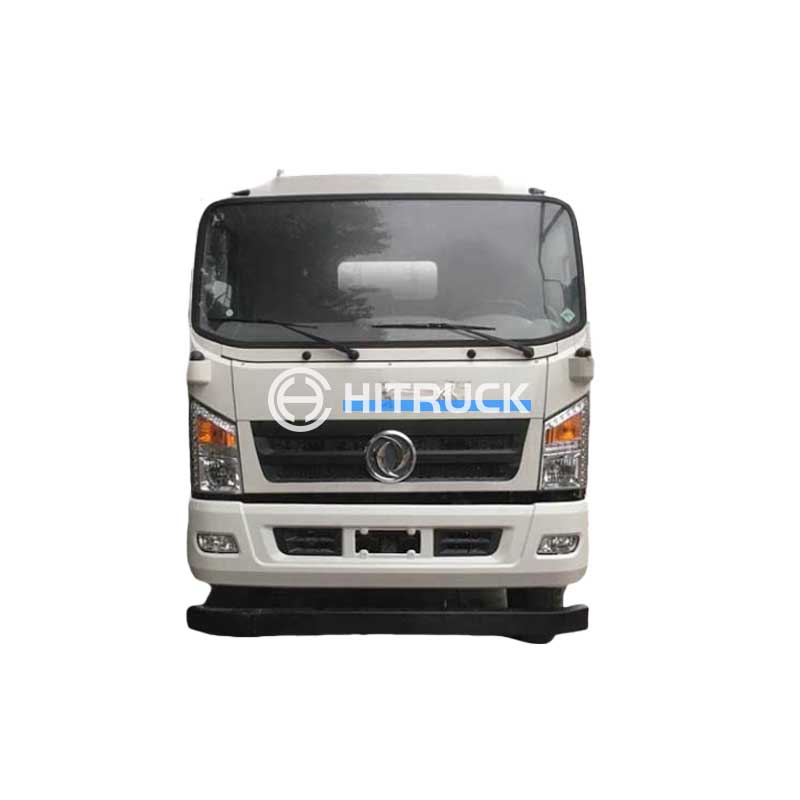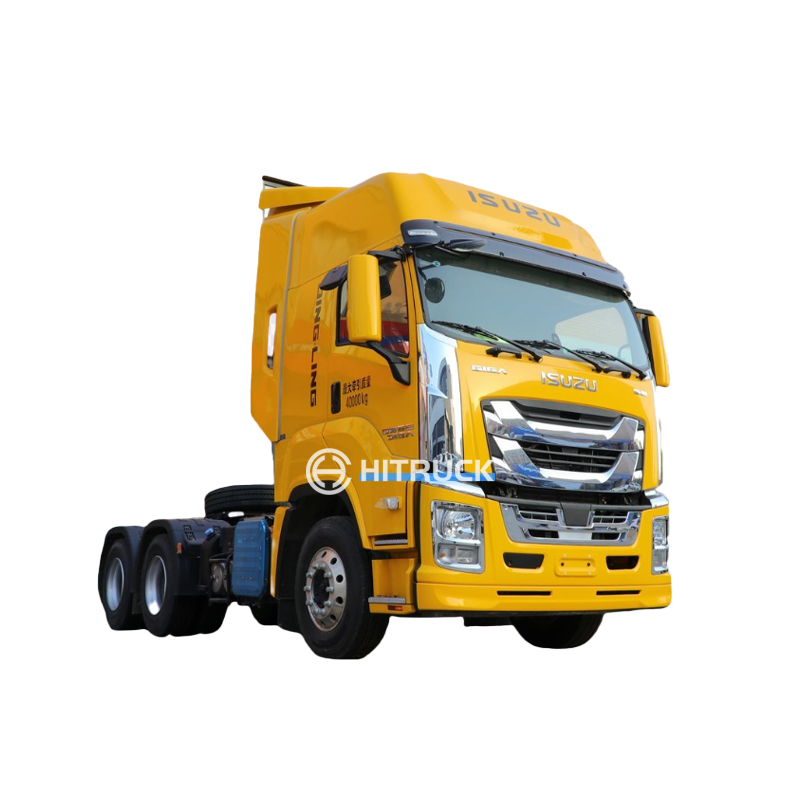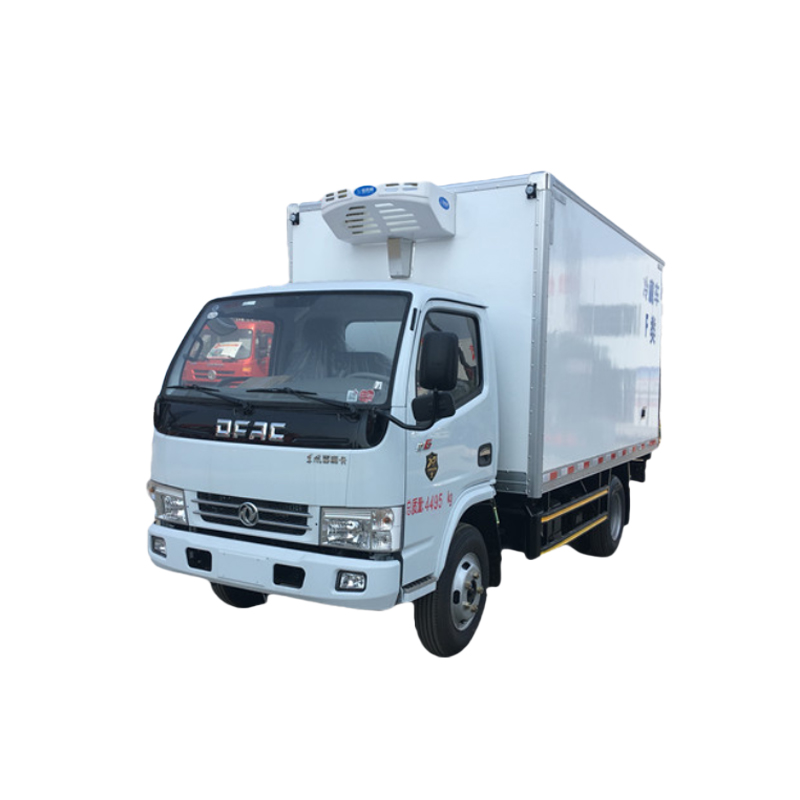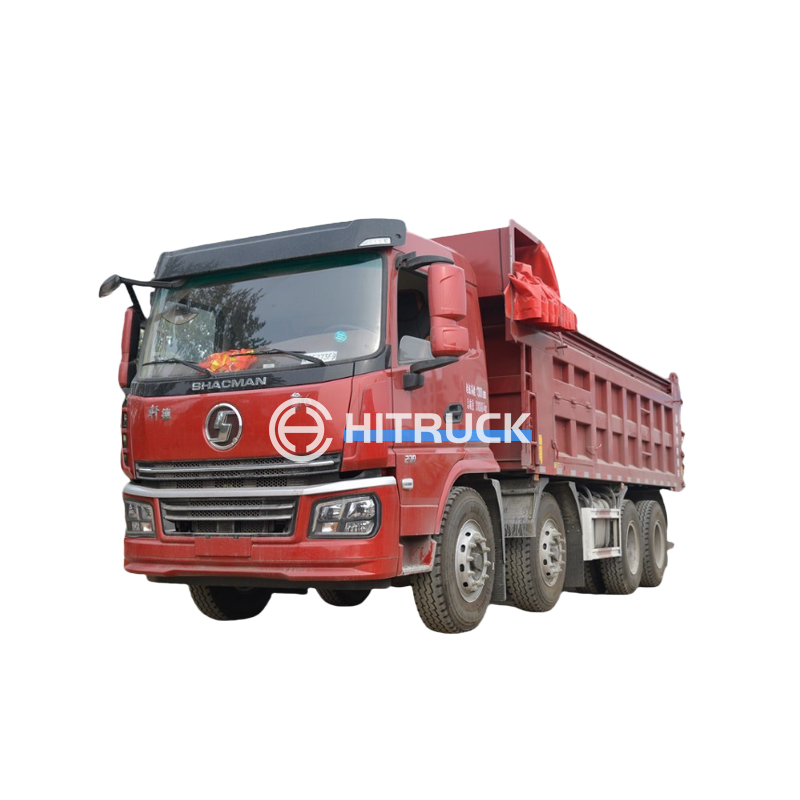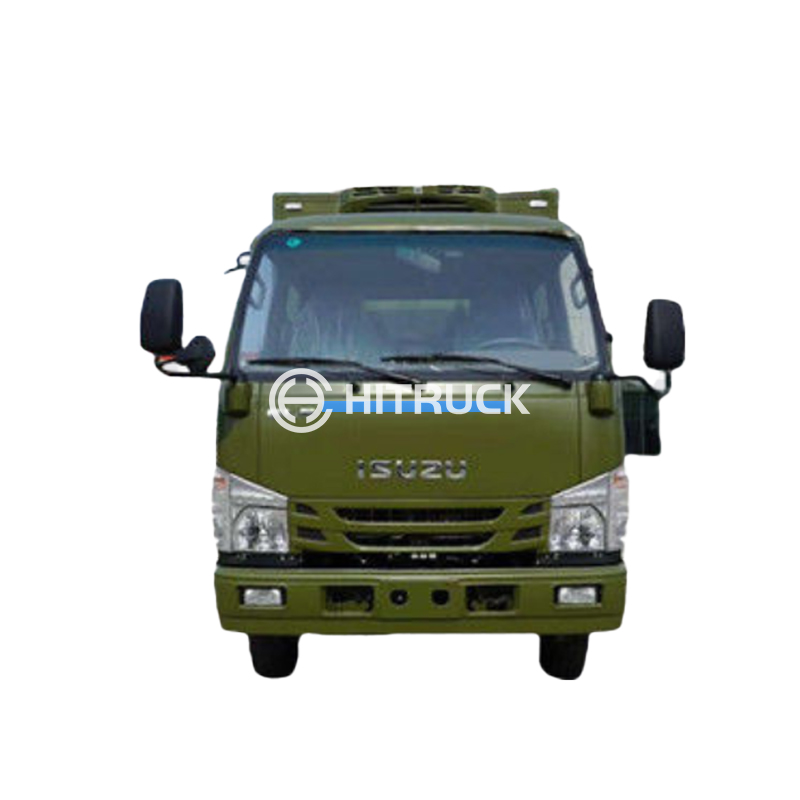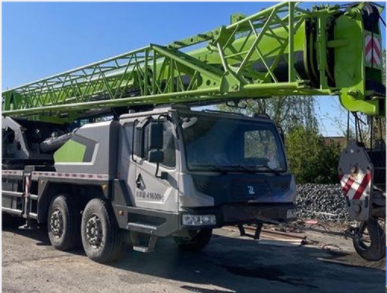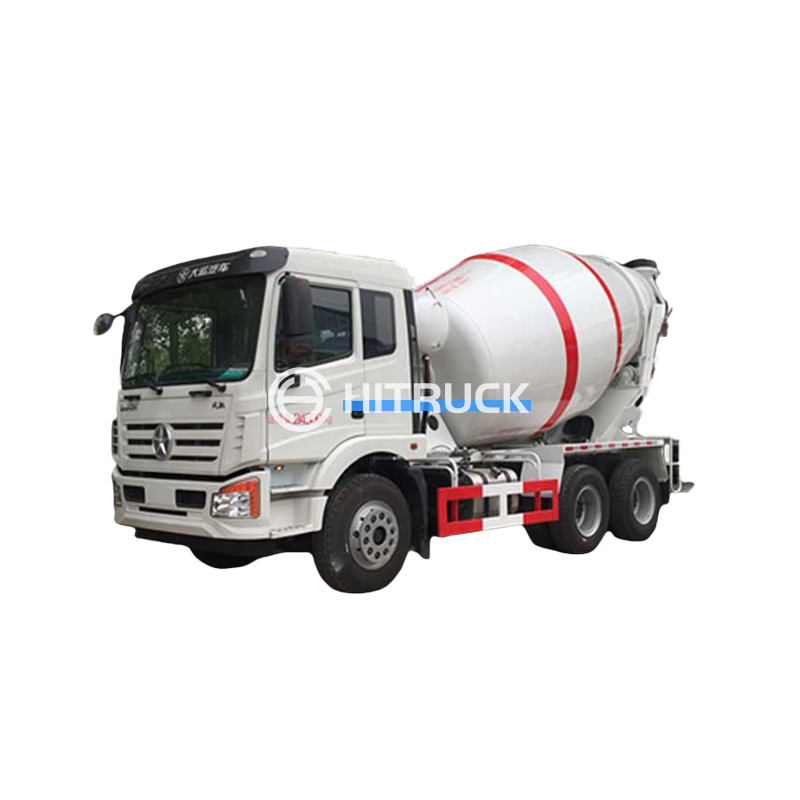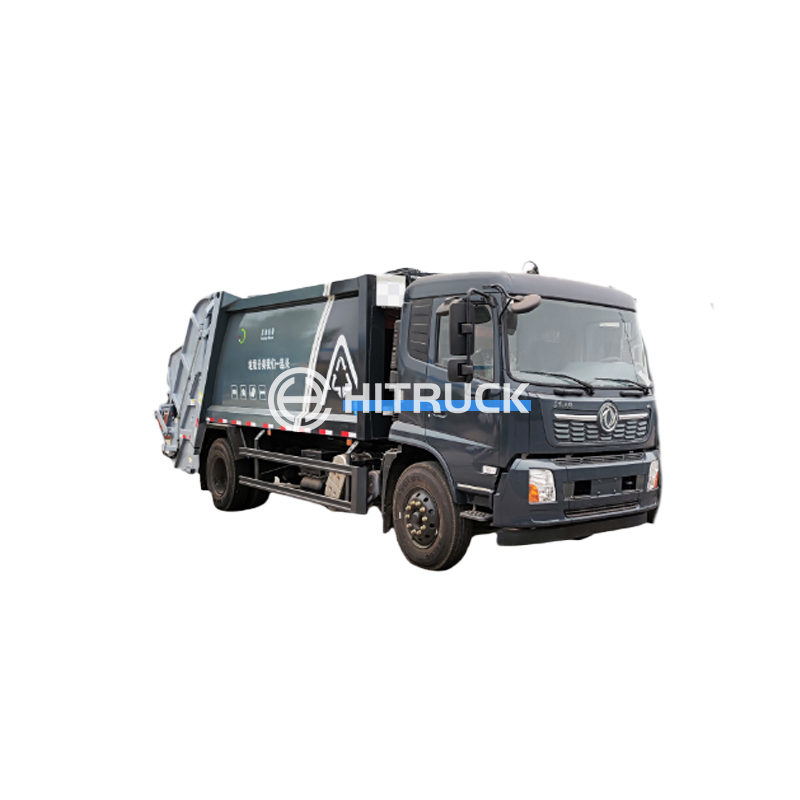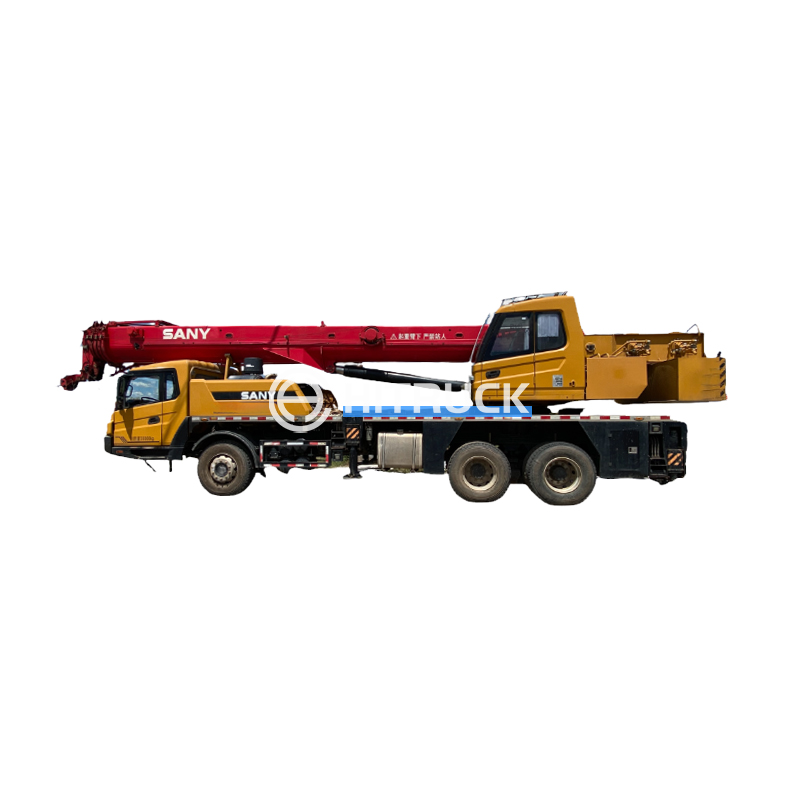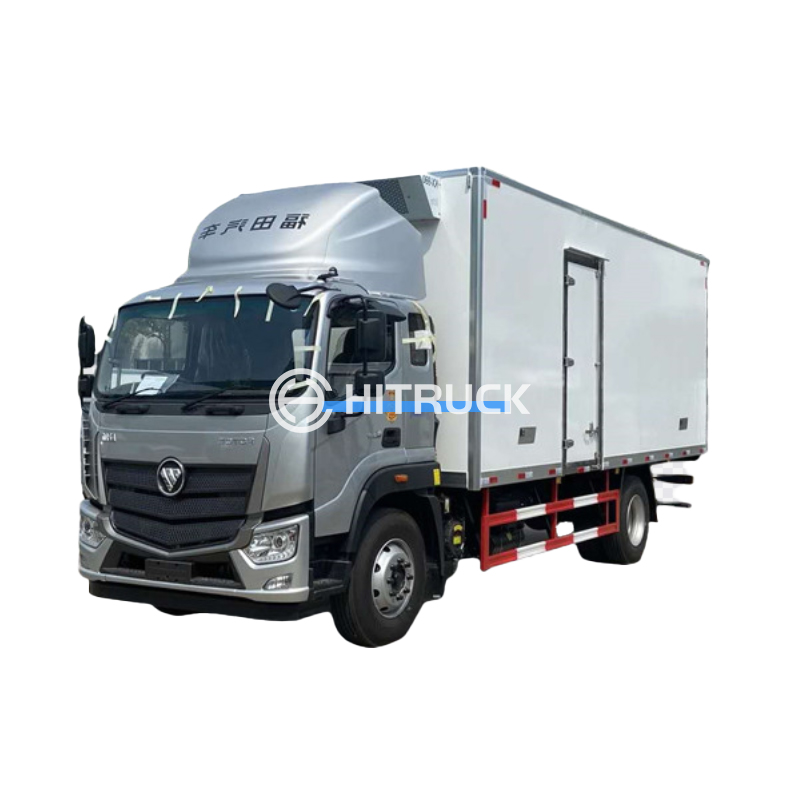This comprehensive guide explores the world of pumper fire trucks, covering their features, types, selection criteria, and maintenance. We'll delve into the crucial aspects you need to consider when choosing a pumper fire truck to ensure optimal fire suppression capabilities and safety for your community or organization. Learn about different pump capacities, tank sizes, and the essential equipment that makes a pumper fire truck effective and reliable.
These are the workhorses of the fire service, typically featuring a large water tank, a powerful pump, and a variety of hose and equipment compartments. Their design prioritizes versatility and capacity for a wide range of firefighting scenarios. Consider factors like the pump's gallons-per-minute (GPM) rating and the size of the water tank when assessing a traditional pumper fire truck. The pump's capacity directly impacts the speed and effectiveness of fire suppression efforts. A larger tank means fewer trips back to the station for refills, improving response time.
Combining the pumping capabilities of a pumper fire truck with an aerial ladder, these vehicles offer increased reach for high-rise fires or difficult-to-access areas. The aerial device's length and articulation are critical considerations, as these features determine its versatility. Choosing an aerial pumper fire truck often depends on the specific needs of the area it will serve, with urban environments typically requiring a longer reach than rural areas.
For specialized needs, custom-built pumper fire trucks offer tailored configurations. This allows for the incorporation of unique equipment or modifications designed to meet the specific challenges of a particular fire department or industrial setting. Suizhou Haicang Automobile sales Co., LTD can offer customized solutions to meet your specific needs. They will help you specify the exact pump size and water tank volume, as well as determine the optimal equipment layout for your needs.
Selecting the right pumper fire truck involves careful evaluation of several key features:
The pump's GPM rating is crucial, determining the volume of water it can deliver per minute. Higher GPM ratings translate to faster and more effective fire suppression.
The size of the water tank influences the duration of firefighting operations before requiring refills. Larger tanks offer extended operational capability.
Efficient storage of hoses, nozzles, and other firefighting equipment is essential for quick access during emergencies. The layout and accessibility of storage compartments directly impact response times.
Modern pumper fire trucks incorporate various safety features, including advanced lighting, warning systems, and rollover protection. Prioritize vehicles with comprehensive safety equipment.
Regular maintenance is vital for ensuring the longevity and operational readiness of a pumper fire truck. This includes routine inspections, fluid changes, and preventative repairs to minimize downtime and maximize safety. A well-maintained pumper fire truck significantly contributes to operational efficiency and the safety of firefighters.
The selection of a pumper fire truck is a significant decision. Carefully consider the specific requirements of your organization, the types of fire incidents you expect to encounter, and the long-term maintenance implications. By considering the factors outlined above and consulting with reputable suppliers like Suizhou Haicang Automobile sales Co., LTD, you can select a pumper fire truck that meets your needs and enhances community safety.

